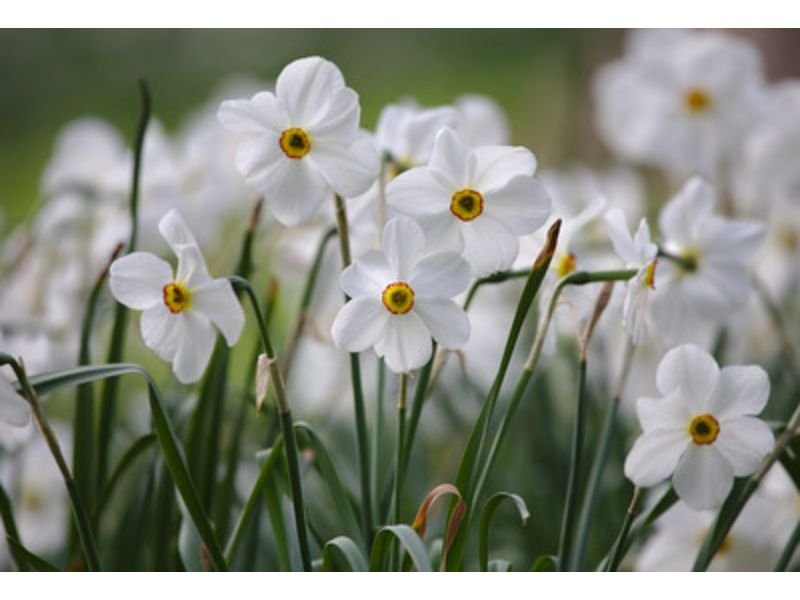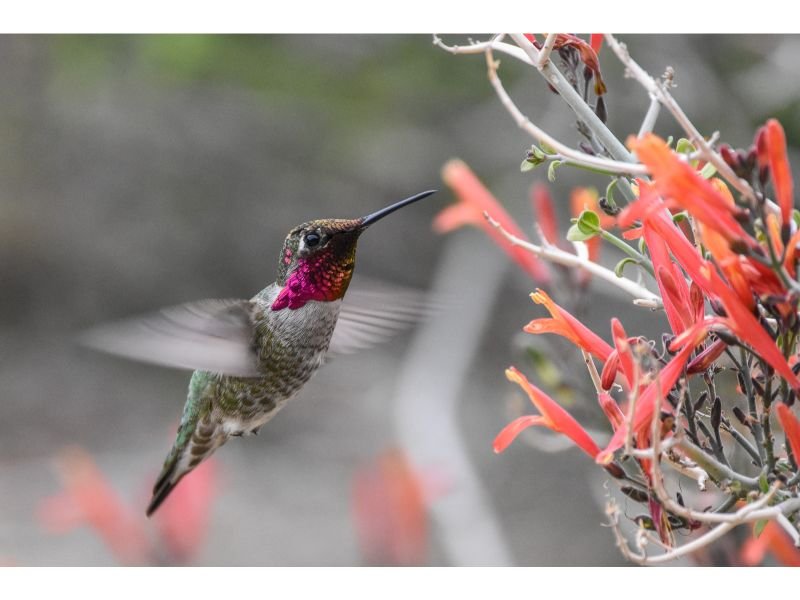Since ancient times, flowers have been used to communicate complex emotions. While many flowers are celebrated for their stunning beauty and positive symbolism, some hold a deeper melancholic meaning that is associated with sadness, mourning, and even death. In this section, we’ll let you explore some flowers that symbolize sadness, a profound depth worthy of exploration.
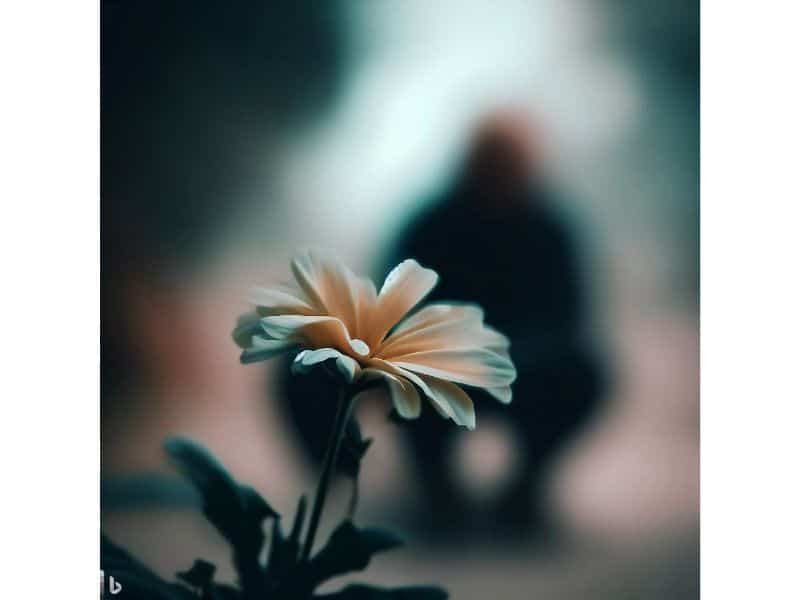
Table of Contents
White Flowers That Symbolize Sadness
White Lily
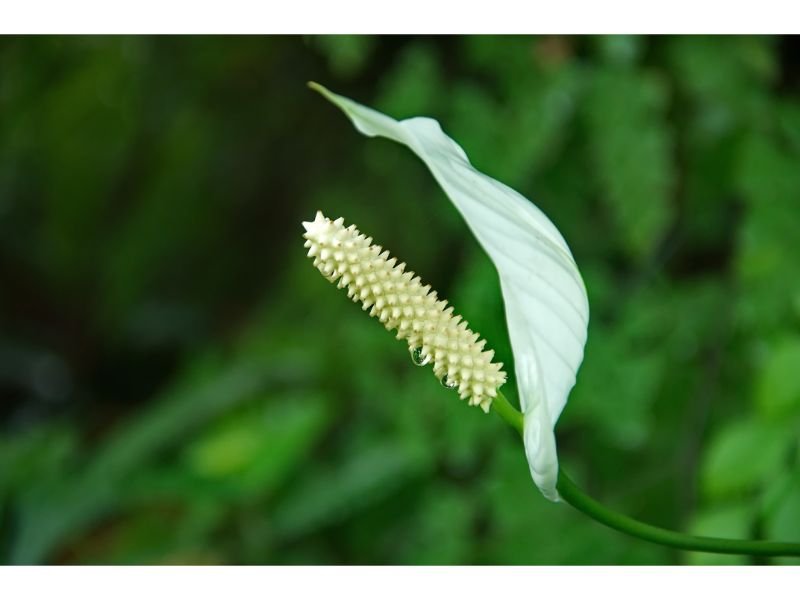
White lilies remain one of the most popular funeral flowers, symbolizing the departure of a loved one and the sorrow that accompanies their passing. The significance of white lilies as flowers that symbolize sadness also can be seen in various cultures. In Ancient Greek mythology, white lilies were believed to have sprung from the tears of Hera, the Goddess of lawful marriage. Meanwhile, in Christianity, white lilies are often associated with the tears of the Virgin Mary.
White Hyacinth
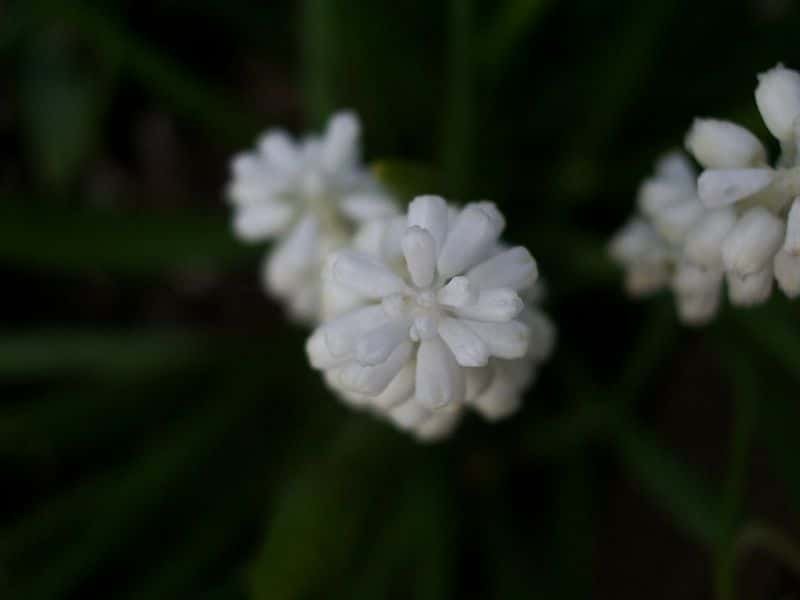
While white hyacinths are primarily known for their pure white color and sweet scent, these flowers hold a deeper meaning that resonates with mournful emotions. Although not as used as white lilies for funeral flowers, the white hyacinth is still a flower that symbolizes sadness and spiritual transcendence, aligning with the solemnity and sorrow experienced during times of loss.
White Rose
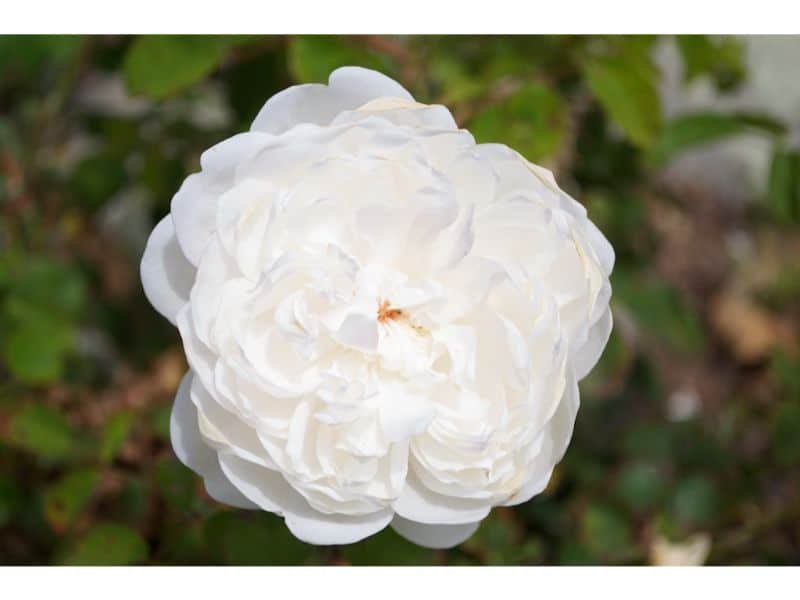
We’ve been taught that red roses are often used as the symbol of love and passion, but what about white roses? White roses, with their soft rosettes and health benefits, carry a symbolic meaning that encompasses both mourning and sadness and purity and innocence. White roses are often seen at funerals and memorial services, serving as a prominent symbol of remembrance and the fragility of life.
Yellow Flowers With Sad Meanings
Yellow Chrysanthemum

Yellow mums are popular to be made as a cup of soothing and healing tea, but did you know that in France and certain Asian countries, yellow mums are also known as flowers that symbolize sadness? Yellow chrysanthemums are traditionally used as funeral flowers, representing loss and mourning, and thus, also often associated with bad luck.
Yellow Marigold

Have you ever heard about the Day of the Dead (Dia de los Muertos), the Mexican tradition to tribute and honor the departed loved ones? During this sacred annual tradition, yellow marigolds are used to decorate altars and graves, as the flower’s bright color is believed to represent the sun and guide the spirits back to the Earth. Although yellow marigolds are not solely tied with mourning, this cultural background may make them flowers with sad meanings, that is death and the loss of someone important.
Yellow Tulip
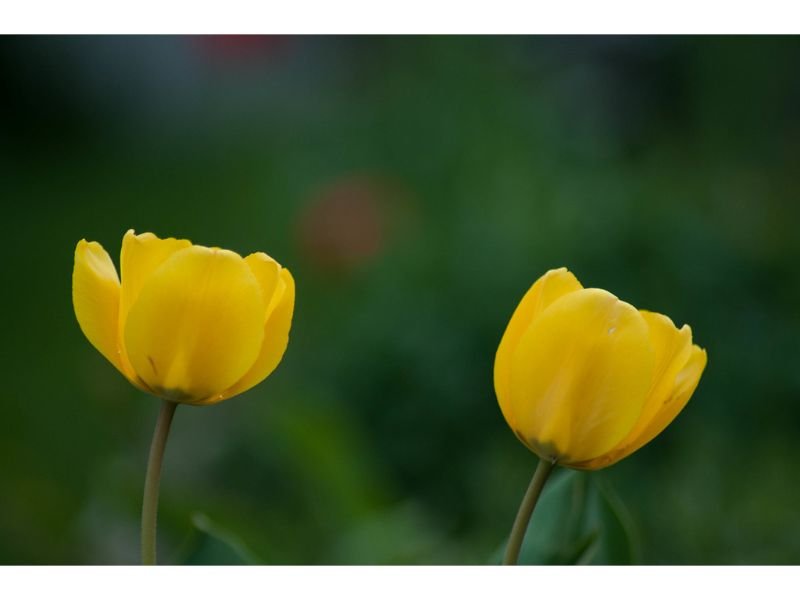
This moist-loving flower is not just about friendship and joy. During the Victorian Era, yellow tulips were sometimes used to convey hopeless love and jealousy. In other cultures, yellow tulips are associated with loss and separation, perhaps due to their resemblance to the sun setting below the horizon. Apart from these melancholic connotations, yellow tulips can be used in broader contexts, not just for funerals, moreover when paired with other colors and other flowers.
If you are interested to find out more about yellow tulips meaning, check out our previous article on this topic here.
Blue Flowers To Express Grief
Blue Delphinium
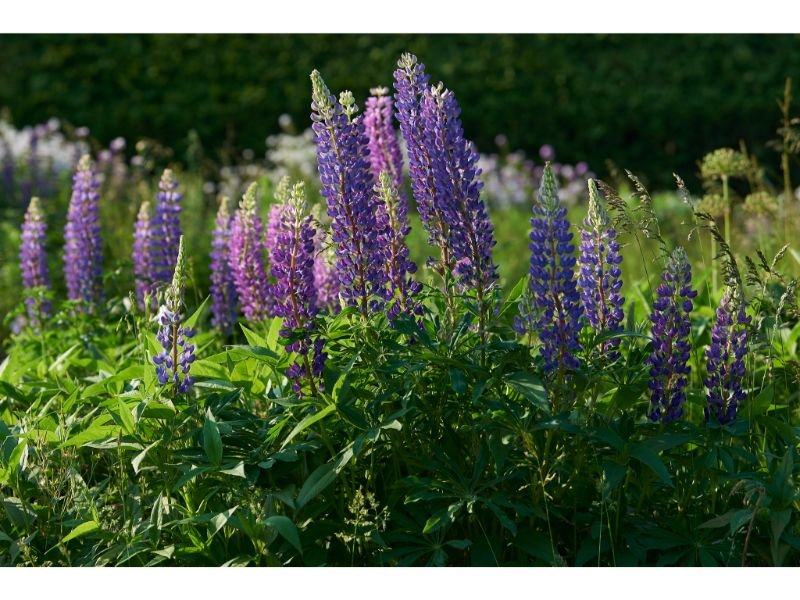
Also known as larkspur, blue delphinium is notable as a poisonous flowering plant for both humans and pets. However, their enchanting shades of blue and towering spires are also widely associated with grief and honor of the memories of a loved one. As flowers with sad meanings, blue delphiniums make a valid choice for those looking to express their mourning and personal tributes.
Blue Iris

The association of the blue iris as a flower that symbolizes sadness and death might come from Greek mythology. Iris, the Goddess of the rainbow, was believed to use this optical phenomenon to create a bridge between heaven and hell, connecting life with death. Blue irises are also associated with serenity and calmness, some qualities that are often sought after in times of grief and mourning.
Blue Morning Glory
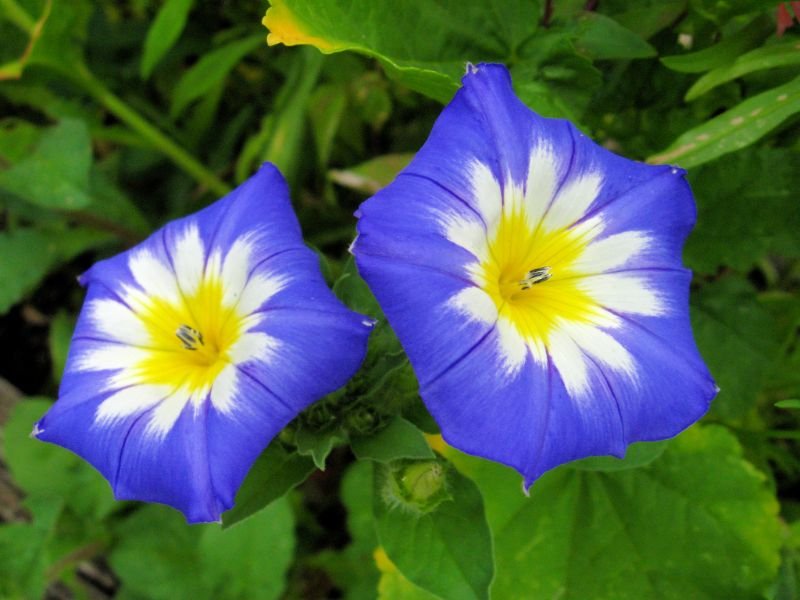
With a striking blue hue and eye-catching trumpet-shaped blooms, blue morning glories hold a poignant symbolism when it comes to expressing sadness and grief. These flowers with sad meanings are often seen as fleeting beauty that can be found even in moments of sorrow. In some cultures, the blue color of morning glory is also seen as an indirect way to say that you’re now facing hard times in life.
Red Flowers To Mourn Death
Red Poppy
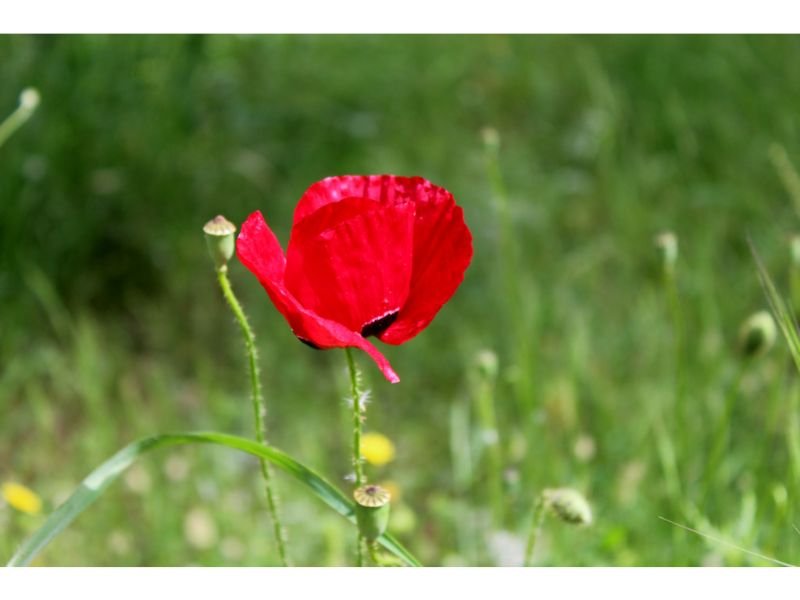
You might see it coming when you read red poppies as the bright-colored flowers that symbolize sadness. Yes, red poppies have a long-standing association with Remembrance Day in certain countries such as the USA, Canada, England, and Australia, as a symbol of loss and death of those who serve on the battlefield and during military services. The crimson red of poppies serves as a reminder to honor those who have passed away, evoking a mixture of sorrow and admiration.
Poppy flowers also have other color varieties which bring their own meaning, blue poppy flower meaning is something you should also check.
Red Anemone
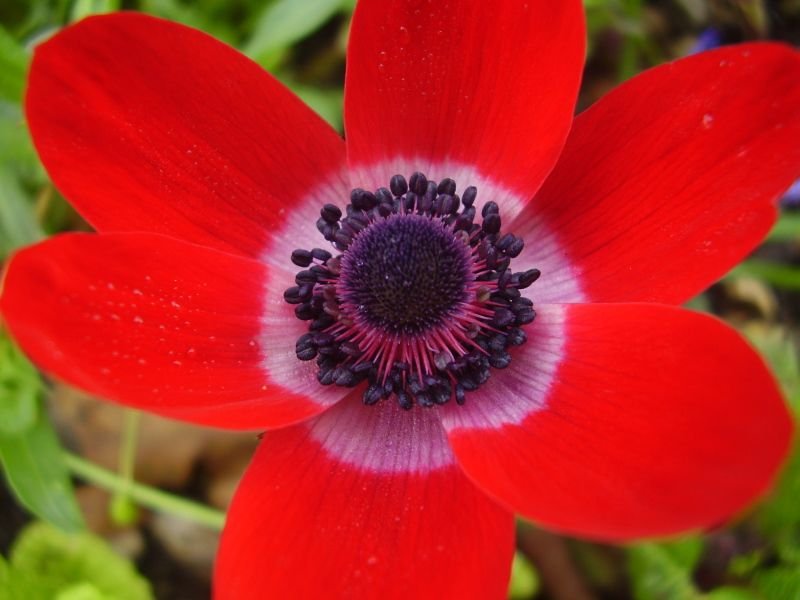
If you’re a fan of Greek Mythology, you might have heard of Aphrodite, the Goddess of love and beauty. It’s believed that red anemone flowers have sprung from the Goddess’ tears, as she mourns the death of her lover, thus adding to its symbolism of death and sadness. In funeral settings, red anemones are often paired with white lilies as flower arrangements.
But not all anemone have a negative meaning, for example, blue anemone stands out for carrying more positive vibes than other anemone varieties.
Red Carnation
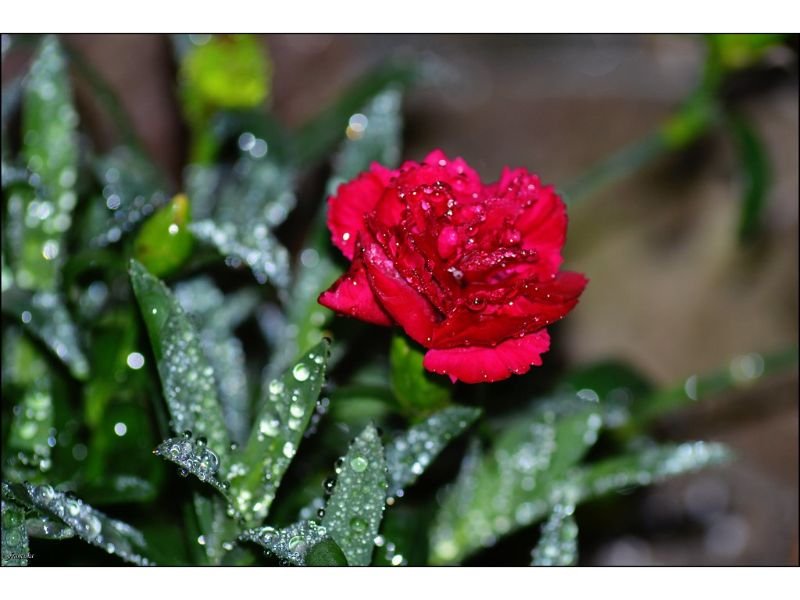
These easy-to-grow flowers have long been associated with death and sadness for various reasons. In Christianity, red carnations symbolize Christ’s sacrifices and blood, which makes them an appropriate flower for religious ceremonies. On the other side, the fiery red color of carnations can be used to represent the endurance of the human spirit, even in times of great loss and sorrow.
Purple Flowers That Symbolize Sadness
Purple Orchid
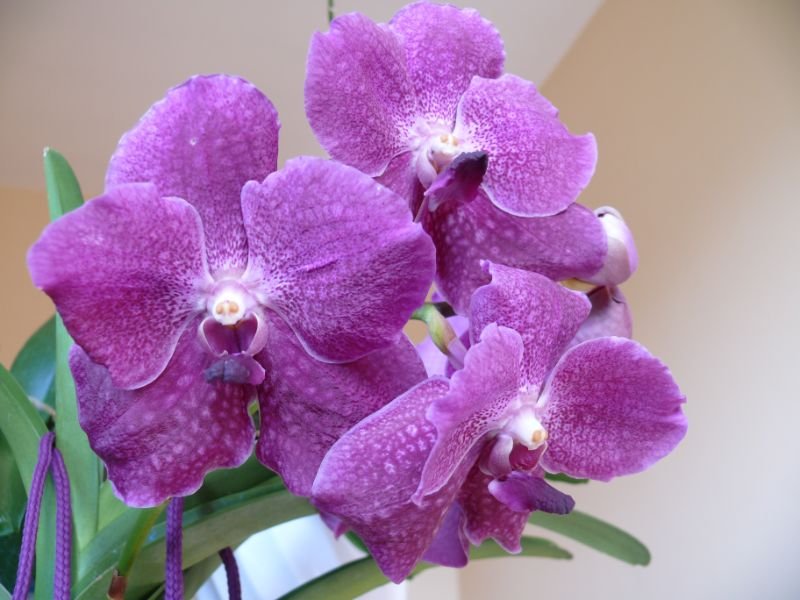
Noted as an exquisite and graceful flower, it’s not uncommon to see purple orchids to be used as a funeral flower and as an honoring present for the dead’s family. Purple orchids are flowers that symbolize sadness and are often reserved for moments of deep reflection and mourning. The rareness and ‘exclusivity’ of purple orchids also represent the sorrow of losing something precious in one’s life.
Purple Pansy
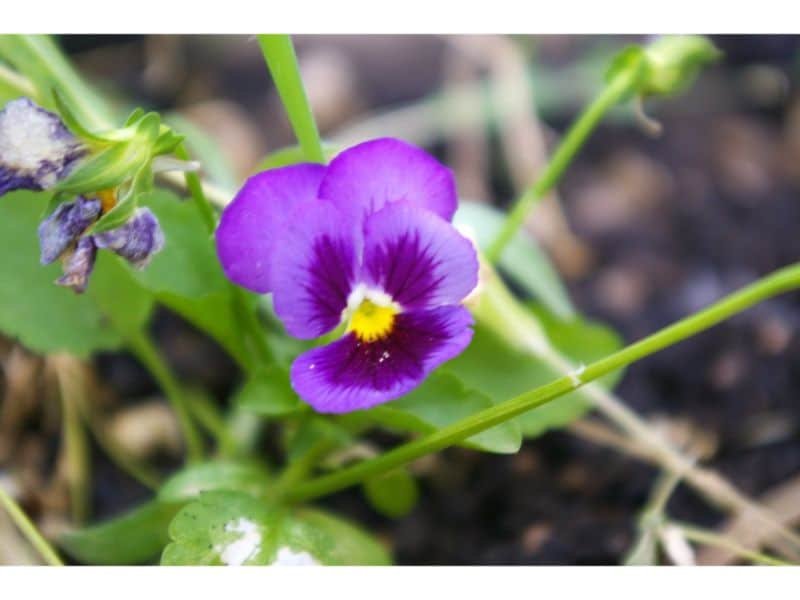
Although there is no specific cultural significance about pansies as the flowers symbolize sadness when it comes to expressing mourning, the deep purple color of pansies is often tied with grief, remembering, and sorrow. The flower’s name itself is derived from the French language ‘penser’, which translates ‘to think’, meaning thought or remembrance for those who have passed away or for something precious that has long been gone from our lives.
Purple Clematis
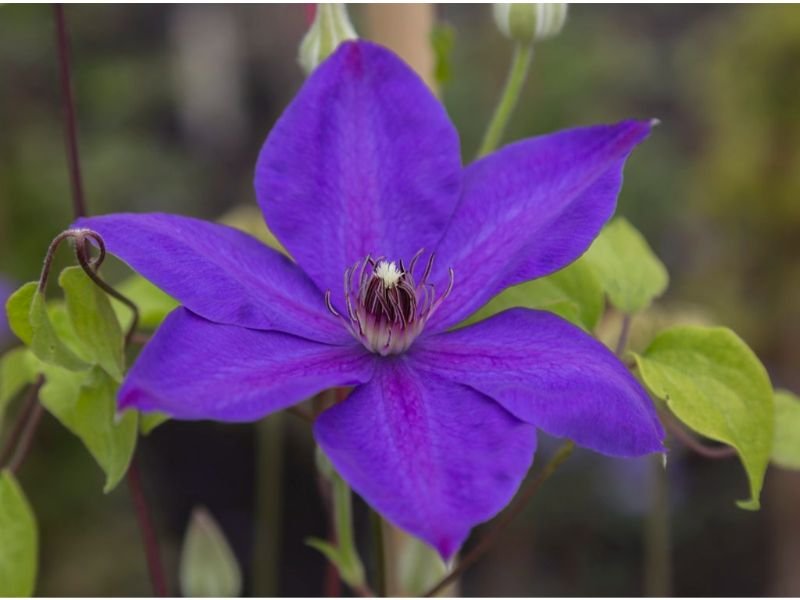
The purple clematis flower color itself, with a deep dark purple that sometimes appears almost black, has a mysterious yet sad connotation on it. This poisonous flower is believed to represent the journey from life to death, and although not common, can be used as funeral arrangements. Moreover, purple clematis typically has a shorter blooming time, making it the epitome to remind and cherish every moment in life.
Wind Up: Embracing Sadness Through Flowers
Flowers certainly have a remarkable ability to capture and express a wide range of emotions, including grief and mourning. While these negative emotions are often seen as something to be avoided, it’s important to remember that these feelings are natural and sometimes, inevitable. Embracing flowers that symbolize sadness provide a tangible representation of these emotions, allowing us to find comfort in their beauty.

New author in the hood. Loves gardening and flowers are my spirit animals (yes I know they are not animals but I insist). I will be covering most of the flowers’ topics here and occasionally random though as well.

